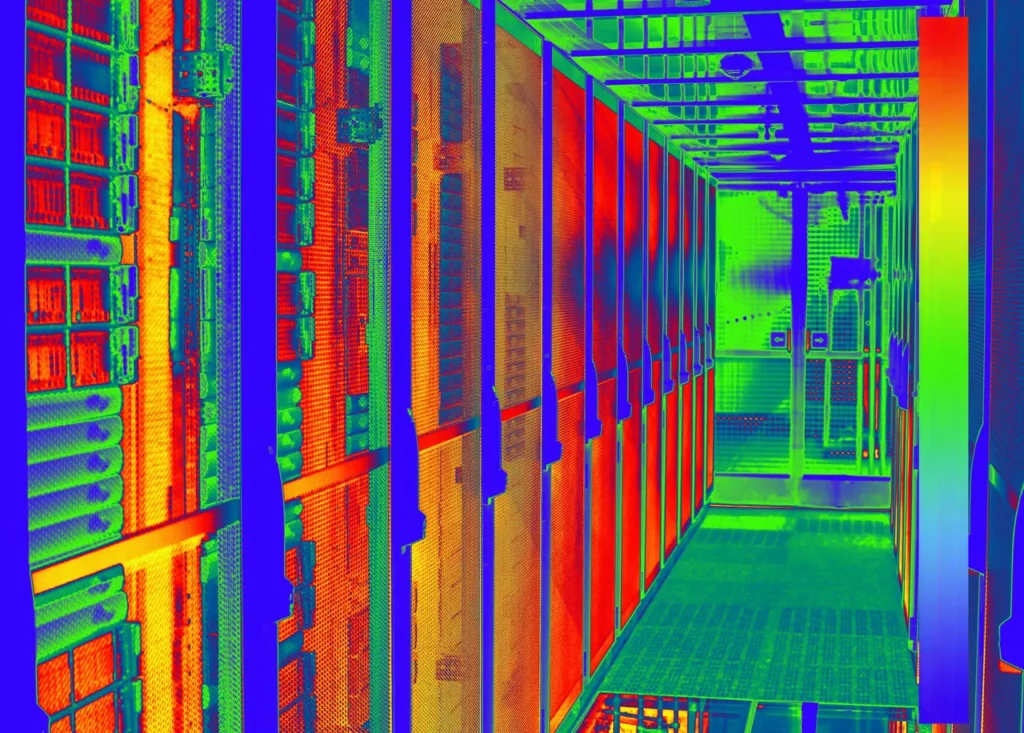
One of my pet peeves is to hear a fellow architect, engineer, or builder tell me that we should not build the building enclosure too tight because the building needs to “breathe.” I have never heard of a brick taking in carbon dioxide and exhaling oxygen, nor have I seen a two-by-four needing oxygen to survive while it produces carbon dioxide. It’s a great excuse to allow us to be sloppy designers and builders—to construct our buildings with lots of gaps and defects in the building enclosure combined with a poorly designed mechanical system. Building science and common sense does not support this myth. We can—and must—do better.
Building exterior assemblies will—I repeat, will—get wet. They need to be able to dry. If an enclosure wall assembly consists of vapor impervious outer and inner layers, the inside of the wall will likely resemble a petri dish of biological activity. One reason I am an architect instead of an engineer is that I fear big numbers.
There are only three ways a building enclosure assembly can dry: towards the interior, towards the exterior, or both. We can build tight building enclosures if we carefully consider the four (another small number) primary barriers, design them correctly, and install them properly.
Before we discuss the four barriers, try to envision an old wooden sheathed barn standing in a field. None of the barriers are well done, yet the building is performing well, as evidenced by its old age. But would you like to live year-round in this unheated, drafty barn? Obviously, this model will not work if we want to live in a modern, high-performance, energy-efficient building.
Four Barriers to Building Tight Enclosures
The first primary barrier is the liquid moisture barrier, preventing water in its liquid phase from passing through the enclosure assembly. I like to think of this as preventing the “big holes” in the enclosure. A tree branch through the roof, a window left open during a thunderstorm, or poorly installed flashing can all allow relatively large quantities of liquid water into the structure.
Historically, we have developed ingenious ways to mitigate this unwanted intrusion. Overlapping shingles and siding, roof overhangs, molding with drip edges, and (properly installed) flashing are all tried and true methods of dealing with liquid moisture.
Next comes the thermal barrier. Pink and fluffy or blue and rigid, this barrier is commonly known as insulation. It is installed to prevent the transfer of heat, helping keep our buildings warm in the winter and cool in the summer. Architects and builders would have a much easier time preventing moisture damage if we could just eliminate the stuff; clients, building occupants, and our finite fossil fuel resource managers would object.
Heating objects dries them out –a primary reason why old, poorly insulated and leaky buildings with oversized heating systems performed so well from a longevity perspective. Creating comfortable, energy-efficient buildings without adding gratuitous heat puts demands on the building enclosure.
Barrier number three is the air barrier. Defects in this barrier are the “small holes”—often small enough that liquid water is not an issue—in the enclosure. However, any water in the vapor state passes freely through these holes. Pressure differences between the interior and exterior of the building can move large quantities of water vapor through the building enclosure. If you live in a climate where the exterior temperature and relative humidity always match ideal interior conditions, this is not a problem—let me know where this magical land is because I would like to join you there.
Additionally, if there is no condensing surface within the enclosure assembly, there may not be a problem. Real problems occur when water vapor reaches a condensing surface (plywood sheathing, painted gypsum wallboard) which falls below the dew point, causing a buildup of liquid or frozen water.
Among the four barriers, the air barrier is unique because it must be continuous throughout the six sides of the enclosure – floor to walls and walls to roof or ceiling. The other three barriers can typically have a few gaps that will not unduly affect building performance. As an analogy, you can go out on a cold, rainy day with a floppy hat and loosely tucked scarf around your neck and remain warm and dry, but try riding a bike fifty miles with a pinhole in the tire tube.
The fourth barrier is often confused with the third. A vapor barrier, or more correctly, a vapor diffusion retarder, is installed to prevent individual water molecules in the vapor state from migrating through the assembly due to differences in vapor pressure. Think of this as closing the “really tiny holes” in the enclosure. To understand this mechanism, imagine that we place a million water molecules in a glass jar, seal the lid up tight, and leave it out in the sun for 100 years.
When we return, thousands of the molecules will have found their way through the glass and metal lid and escaped. Try the same experiment using blotter paper and a rubber band for a lid, and you will get the same effect in a day. Blotter paper is much more vapor pervious than metal and glass. This movement of vapor is not due to pressure differences but is due to nature’s desire to have the same concentration of water molecules on both sides of a membrane.
In very cold regions, such as Fairbanks, Alaska, the vapor is almost constantly driven from the warm, humid air inside to the cold, dry outside. In hot and humid areas, such as Miami, the vapor is almost always driven from the hot and humid outside to the cool and dry inside. In such areas, a vapor retarder could be indicated on the inside up North and the outside down South. Fortunately, in most mixed climates, the vapor drive is not constant, and if the other three barriers are detailed well, we can often omit a separate dedicated vapor barrier.
Hopefully, I have helped illustrate why a well-insulated enclosure with a great air barrier is so important. One pesky problem now occurs. The occupants of this building will need to breathe and perform other annoying activities, such as using the bathrooms and taking showers. Even if we can eliminate the humans, some moisture will enter the enclosure and some air exchange with the exterior is required to mitigate its effects. This is why a well-designed mechanical system that introduces the proper amount of outside air, controls the humidity and captures some of the energy loss is so critical.
The building science adage, “Build tight, vent right”, is spot on. Architects, mechanical engineers, and builders need to work together intelligently to produce comfortable, energy-efficient buildings that last more than a couple of years. NEBB shows leadership in this effort. The new Building Enclosure Testing effort is at the forefront of air barrier testing, and continued developments in testing, adjusting, and balancing and mechanical system testing lead the industry. NEBB members have the tools, motivation, and knowledge to drive improvements in building enclosure performance.
